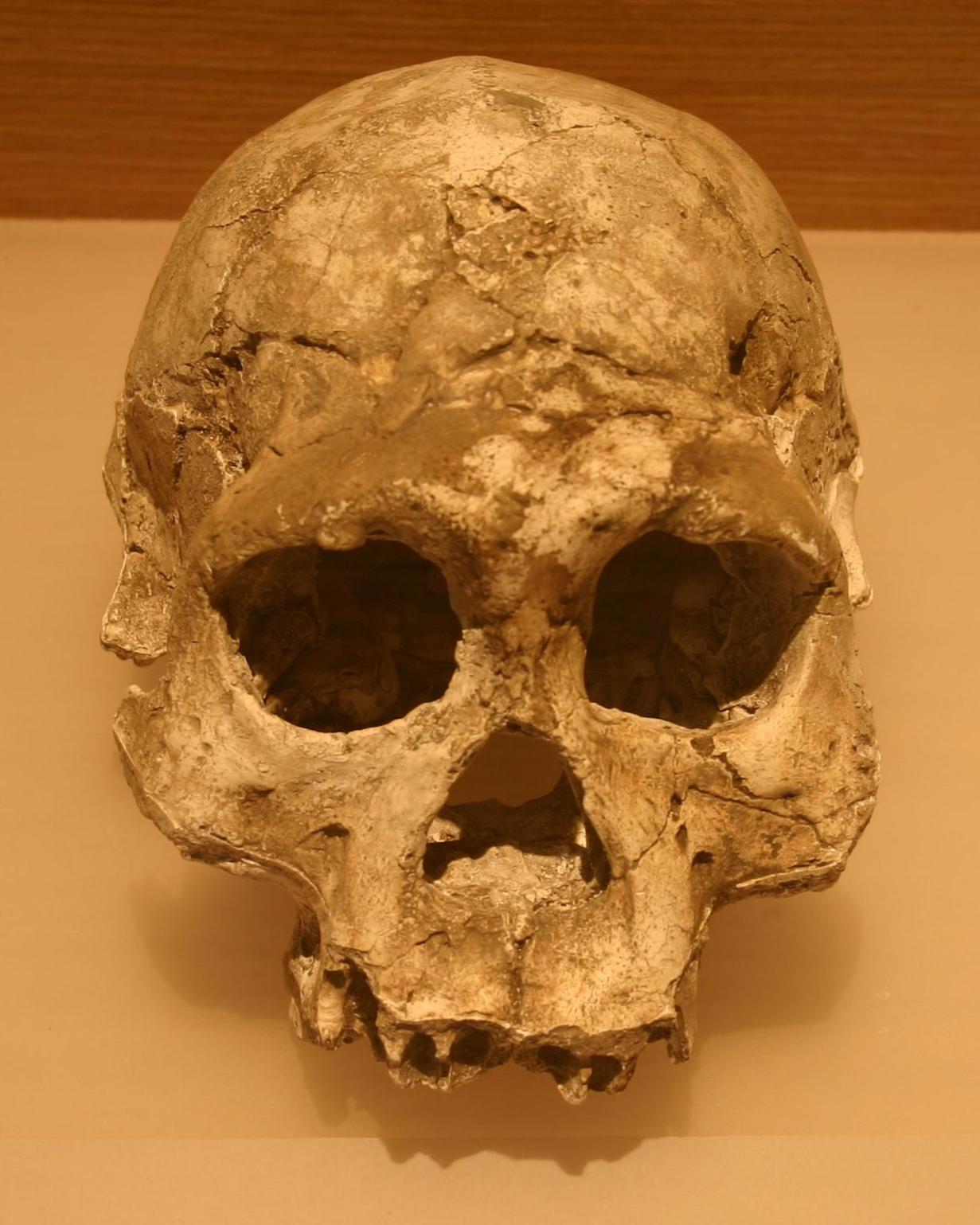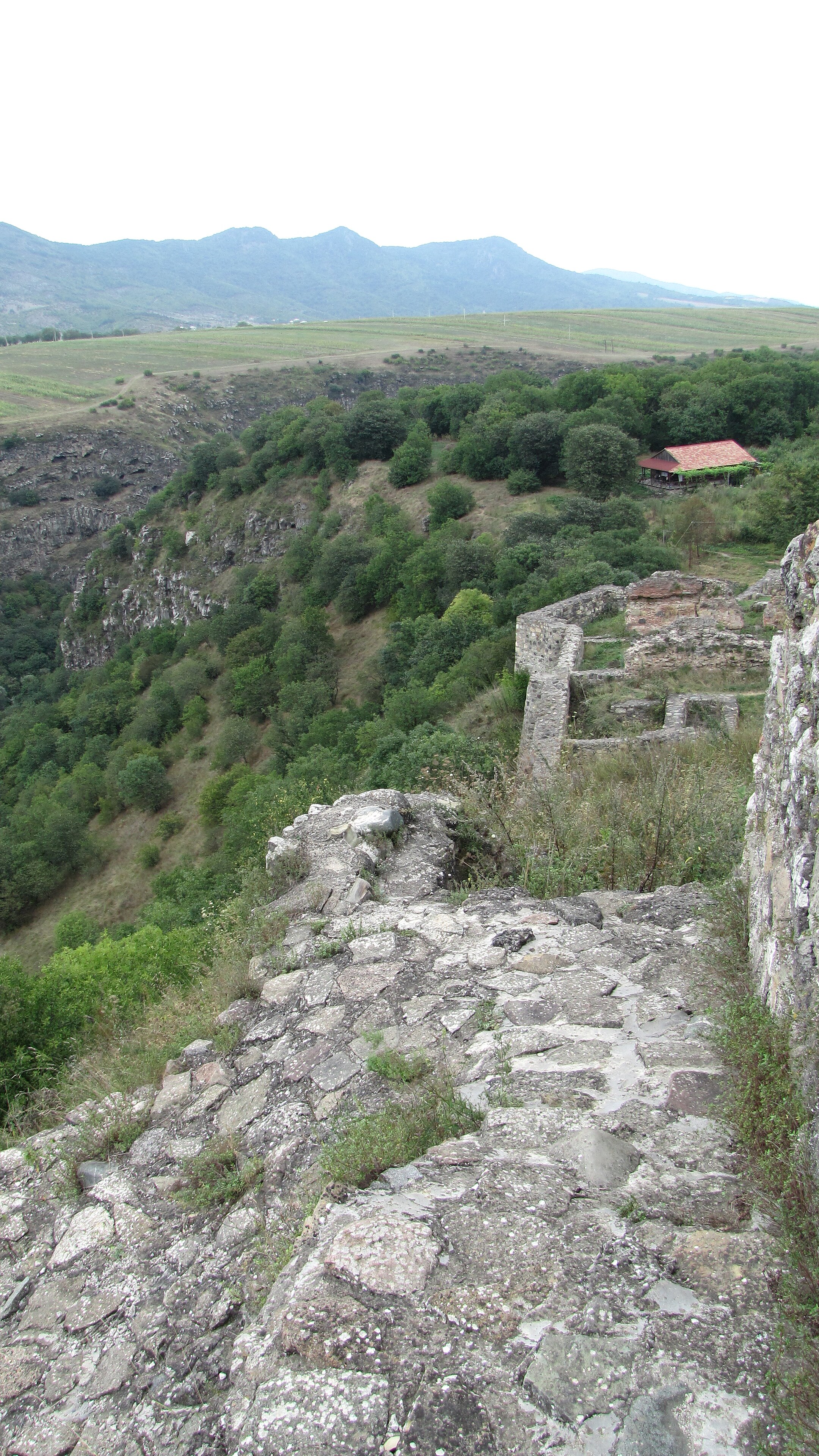Marketing
Dmanisi dating - Pravi datiranje
Dead Things

Dating Site: Dmanisi dating
Die oberen liegen an hoher Stelle, und ein sei bei jenem Exemplar, das als männlicher Erwachsener gedeutet wurde, vorhanden. Our excavation was slow, as it should be, but hampered by infighting and political manouvering between georgian and german archaeologists. Photograph: Georgian National Museum The remains at Dmanisi are thought to be early forms of Homo erectus, the first of our relatives to have body proportions like a modern human.

The site is located southwest of Tbilisi. I — Les crânes, D 2280, D 2282, D 2700. Photo and text: National Geographic April 2005 The tool on the left is from Dmanisi and may be compared with the much more sophisticated tool made by Homo erectus on the right. Although stratum A deposits also accumulated in the areas of main excavations, they experienced more erosion, leaving thinner and sometimes incomplete sections.

Dead Things - Die Knochen im Bereich der sind groß und scharfkantig.

Skulls of early humans show they developed compassion up to 3 million years ago
Photos: Left, National Geographic August 2002. The Dmanisi skull study was led by David Lordkipanidze, and was published in the journal Science , October 18, 2013. Both of these photos appear to have been set up using the D 2700 cranium and the D 2735 mandible. The Dmanisi Five For starters, researchers have unearthed five hominin crania, each with a different story to tell. Journal of Human Evolution 54 6 : 904—8. Photo: National Geographic April 2005 When I go to Dmanisi using Google Earth, I get a point in the middle of a forest, at 41° 19. For more information, please see our. They say that they are not even suggesting that modern humans or Neanderthals can be traced back to these particular Dmanisi varieties of Homo. Our excavation was slow, as it should be, but hampered by infighting and political manouvering between georgian and german archaeologists.
[Dating site in madrid spain|Dating sites germany free|Dating website designers]
Post je objavljen 24.01.2019. u 09:18 sati.